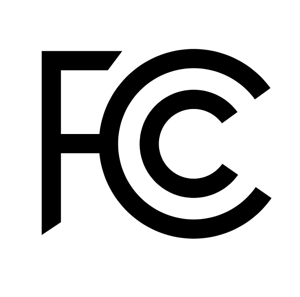Editor’s Note: This is part of a series outlining the recommendations of the Aspen Institute Task Force on Learning and the Internet. Today’s article is a continuation of yesterday’s look at E-Rate reforms.
Last Friday, the Federal Communications Commission (FCC) took an important first step toward reforming and modernizing the E-Rate program, which provides financial support to connect schools and libraries to the Internet, when FCC Chairman Tom Wheeler circulated to his fellow Commissioners a draft proposal. According to the fact sheet summarizing the proposal, the Chairman’s draft would:
- Expand access to Wi-Fi by shifting $2 billion in dedicated funding to Wi-Fi over the next two years to connect more than 10 million students in 2015 alone, funding multi-year contracts, gradually phasing out support for non-broadband services, and adopting clear broadband goals while maintaining flexibility to determine local needs.
- Make E-Rate dollars go further byprocessing consortium applications more quickly, setting the maximum program match at four to one, and increasing price transparency.
- Simplify the application process for multi-year applications, simplify the discount calculations, move to electronic filing, and have zero tolerance for fraud or abuse.
We believe that if properly implemented, these significant, common-sense reforms could strengthen and revitalize the E-Rate program to better meet the needs of schools and libraries. As the Commissioners consider the draft proposal over the next several weeks, we urge them to remember the following five points:
- First and foremost, continue to act expeditiously. If approved this summer, these much-needed reforms can be in place by the 2015-16 school year.
- Second, prioritize Wi-Fi. Dedicating a portion of E-Rate funds solely for Wi-Fi would help address one of the program’s primary challenges: over the last several years, funding for Priority 1 services (internet access for schools and libraries) crowded out funding for Priority 2 services (the internal connections required to bring Wi-Fi into classrooms and within libraries). As a result, just five percent of schools and one percent of libraries received support for internal connections.
- Third, applicants need certainty. When schools and libraries know how much funding they can expect each year, they are able to take a more thoughtful and long-term approach to the E-Rate program, and avoid inefficient, year-to-year technology decisions.
- Fourth, the program requires substantial simplification. Far too many applicants – especially small, rural applicants – are deterred or eliminated by an overly-complicated application process. Tinkering around the edges will not be enough to make E-Rate accessible to these high-need schools and libraries. Instead, the FCC should commit to a significant overhaul.
- And finally, the E-Rate program is paid for by ordinary Americans through their monthly phone bills. Any decisions about the size of the program should be made after this round of substantial reforms has been implemented.
Only then can stakeholders make a fact-based determination about the broadband needs of our schools as they prepare to support the student-centered vision of education imagined by the Aspen Task Force.

